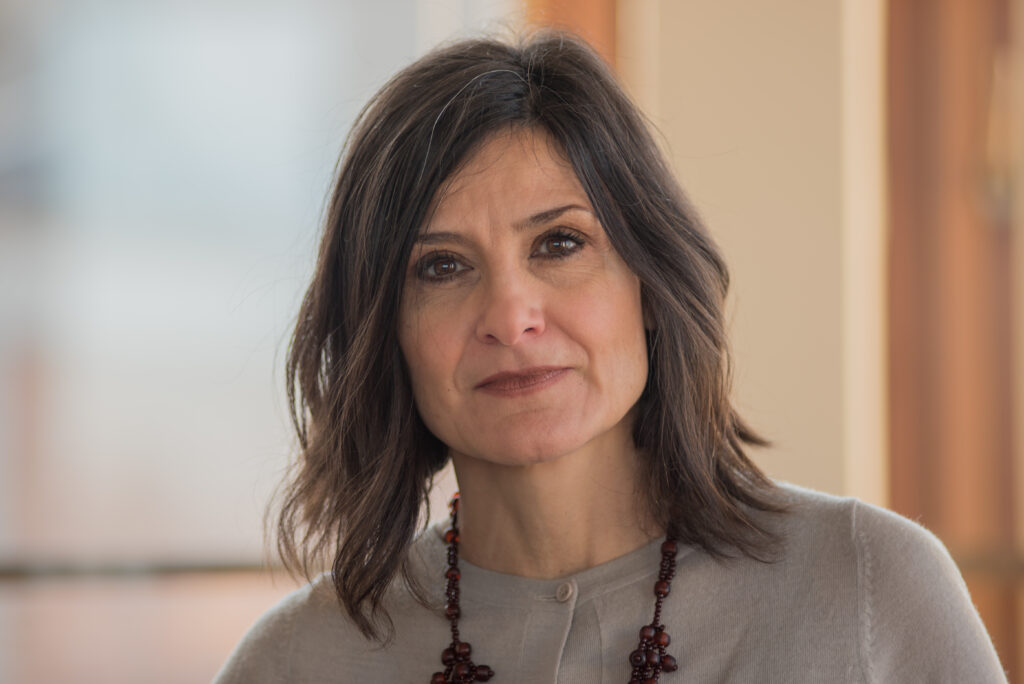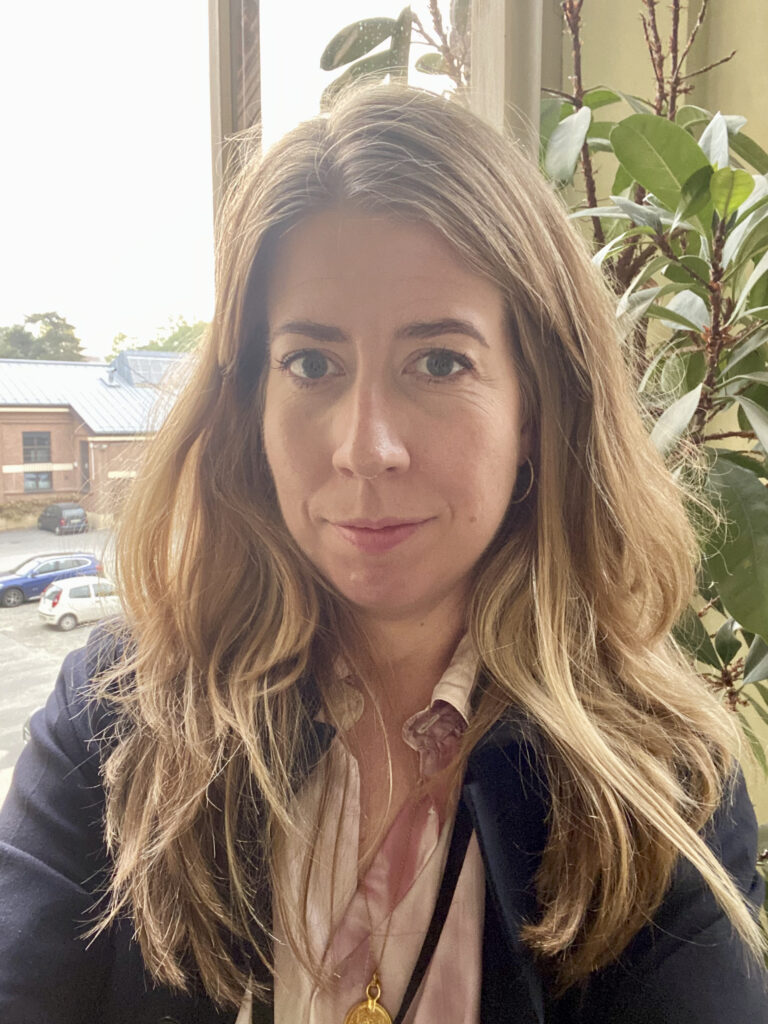Keynote Speakers
Roberta Dreon (Ca’ Foscari University, Venice, on-line)
Henry Dicks (University Jean Moulin Lyon 3)
Sanna Lehtinen (Aalto University)
Monday, June 12 (online)

Roberta Dreon
Sensibility and Interest: Toward a Sustainable Attitude
Can aesthetic disinterest represent an adequate strategy for developing a sustainable attitude? While aesthetic disinterest played a basic role in the Kantian foundation of aesthetics, (dis)interestedness has been a puzzling topic of discussion in the debate on environmental aesthetics and is becoming an increasingly pressing one, given the current worsening of the climate crisis.
In my talk, I will at first explore the different meanings of the term within the debate on environmental aesthetics (Berleant, Carlson, Brady), as well as the arguments adduced by different scholars in support of or against the adoption of a disinterested attitude towards the environment – from preserving nature’s otherness and avoiding hedonism, as well as the instrumental exploitation of the environment, to taking into account living beings’ structural embeddedness and situatedness in their environment. I will suggest drawing a distinction between an ontological meaning of aesthetic interest/involvement and the idea of engagement as fully embodied and embedded perception, which is to say, between a strong and a weak conception of aesthetic engagement within the debate.
Against this background, I will defend two claims: firstly, interest has many meanings, not only negative ones – primarily, self-interest and instrumentalism – but even positive ones – being involved and engaged in something, taking care and feeling responsible for something. Hence, we should distinguish between different interests at stake, instead of assuming a (quasi)transcendental point of view, conceived of as allegedly immune to any interest. Secondly, we should develop an anthropological theory of interest, by connecting it to a conception of sensibility as the constitutive exposition to an environment characterizing organic beings, and by taking into account the feedback actions on human interests elicited by the specific linguistic-cultural structure of the human niche.
***
Roberta Dreon is an Associate Professor of Aesthetics at Ca’ Foscari University, Venice, Italy. She has published many papers – among the most recent articles, she has published on pragmatist aesthetics, pragmatism and enactivism, sensibility and the theory of emotions, as well as papers on Dewey, Mead, and James. She is the author of four monographs, of which the last one is Human Landscapes. Contributions to a Pragmatist Anthropology (forthcoming by SUNY). Her previous publications include Out of the Ivory Tower. The Inclusive Aesthetics of John Dewey, Today (Marietti: 2012 in Italian), which was translated into French by Questions Théoriques in 2017. She is co-editor in chief of the European Journal of Pragmatism and American Philosophy.
Tuesday, June 13

Henry Dicks
Biomimicry and Sustainable Aesthetics
The biomimicry movement has worked hard to distance itself from the traditional view of mimesis (imitation) as the aesthetic representation of nature, interpreting mimesis instead as functional reproduction. Buildings based on the model of trees, for example, would not necessarily look like trees, though they would reproduce the functions of trees (energy generation, carbon sequestration, rainwater infiltration, etc.).
In keeping with this, much of the literature on biomimetic innovation has excluded the imitation of specifically aesthetic traits, i.e., those related directly to the senses. In my own recent research (Dicks 2023), for example, I draw on Aristotle’s theory of the four causes to argue that we may imitate nature’s forms, materials, generative processes, and functions, overlooking the possibility of imitating textures, tastes, sounds, colours, and smells.
Drawing on a variety of case studies – meat substitutes and artificial meat, biomimetic architecture and urban design, ecological art… – this paper will explore theoretical and practical possibilities for articulating and integrating the functional and aesthetic aspects of biomimetic design, while at the same time seeking to broaden its scope in such a way that it acquires greater relevance to artists and designers.
***
Henry Dicks lectures in environmental philosophy at University Jean Moulin Lyon 3. His ongoing research project in the philosophy of biomimicry has given rise to a monograph The Biomimicry Revolution: Learning from Nature how to Inhabit the Earth (Columbia University Press: 2023), a special issue of Environmental Values, as well as articles in Philosophy and Technology, Environmental Ethics, Journal of Agricultural and Environmental Ethics, Ethics & the Environment, Architecture Philosophy, and Environmental Philosophy. He also runs the website: philosophyandbiomimicry.org.
Wednesday, June 14

Sanna Lehtinen
Aesthetic Sustainability in Urban Environments
This talk focuses on the concept of “aesthetic sustainability,” tracing its background, history, and contemporary uses. The emphasis of the talk is on the applicability of the concept, although the theoretical underpinnings are explained through a combination of environmental aesthetics, design theory, everyday aesthetics, and intergenerational ethics. Contemporary human environments comprise both lasting and fairly stable elements as well as those that change continuously: change is an inevitable part of life. Different aspects of city life, for example, evolve with a different tempo: urban nature has its cycles, inhabitants their rhythms, and building materials and styles with different lifespans. Aesthetic sustainability is an especially important topic when future imaginaries are projected onto existing environments and when decisions about the details of their future are made. The concept of aesthetic sustainability is thus presented as a tool to understand better how environmental timescales unfold experientially and the aesthetic values of different types of environments develop over time. Aesthetic sustainability is part of the discussion about sustainability transformations based on how it captures the experiential side of the physical and temporal dimensions of different types of human environments.
***
Sanna Lehtinen (PhD 2015, Univ. of Helsinki) works as Research Fellow in the Transdisciplinary Arts Studies unit (TAS) at the Aalto University School of Arts, Design and Architecture. Her research focuses on urban and environmental aesthetics and the philosophy of the city. Sanna’s publications include journal articles published in Open Philosophy, Philosophical Inquiries, Essays in Philosophy, Consumption & Society, and Behaviour & Information Technology, articles in edited volumes published by Routledge, Springer, and Oxford University Press as well as editing special issues for Contemporary Aesthetics, Open Philosophy, Mediapolis, and ESPES. She is a Codirector in the board of the Philosophy of the City Research Group, Founder and Co-Editor-in-Chief of Philosophy of the City Journal, and Assistant Editor in Contemporary Aesthetics. Her current research interests include aesthetics of new urban technologies and intergenerational aesthetics.